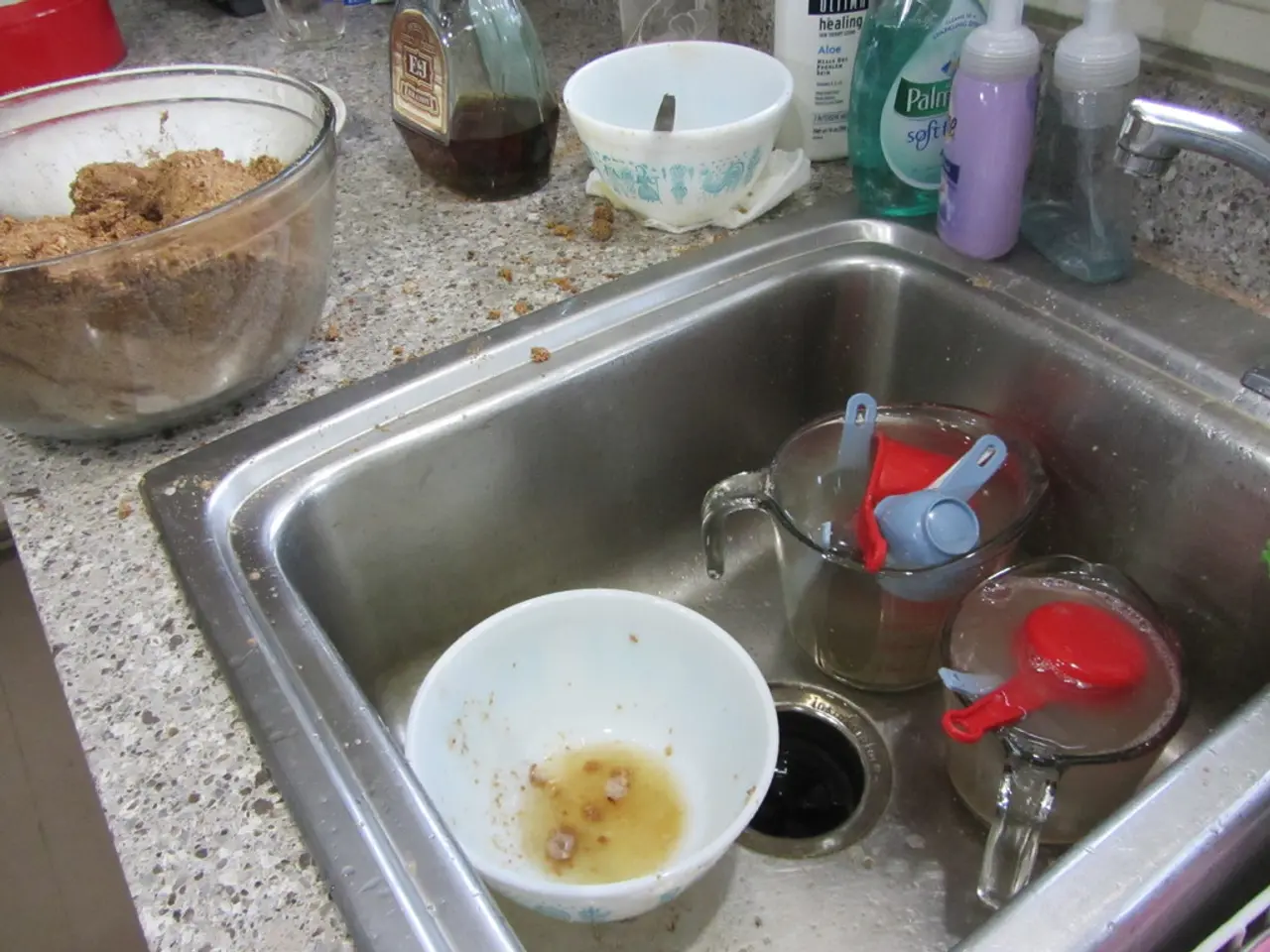Drug-Resistant Infections Surge in Hospitals: CRE and C. diff Lead the Way
Hospitals worldwide are grappling with a surge in drug-resistant infections, with CRE and C. diff leading the charge. Poor cleaning practices and lack of rigorous standards have exacerbated the issue, raising alarm bells about patient safety.
The Centers for Disease Control and Prevention (CDC) has long been aware of drug-resistant infections but has yet to implement stringent cleaning standards for hospitals. This inaction has allowed infections like CRE and C. diff to thrive, with C. diff alone claiming nearly 30,000 American lives annually. CRE, a bacteria new to the U.S. since 2001, has a staggering 50% mortality rate if initial IV antibiotic treatments fail.
CRE infections have tripled since 2019, with an estimated 1,100 deaths in 2023. The primary culprit? Poor cleanliness in hospitals. A patient's room or bed is the No. 1 predictor of infection, not their age or illness. Being placed in a bed after a C. diff patient, even after 90 days, doubles the risk of infection.
New York City hospitals, despite implementing strict disinfection standards, face challenges due to surface contamination and protein interference that can reduce disinfectant effectiveness. Higher infection rates in NYC hospitals may be linked to these difficulties, environmental contamination, and complex patient populations, as well as potential gaps in cleaning processes.
The rise of drug-resistant infections like CRE and C. diff underscores the urgent need for hospitals to improve cleanliness. Strict standards, regular surface cleaning, proper hand hygiene, and effective disinfection protocols are crucial. Without these measures, hospitals risk becoming unsafe for patients, with infection rates soaring and drug-resistant strains becoming increasingly common.







